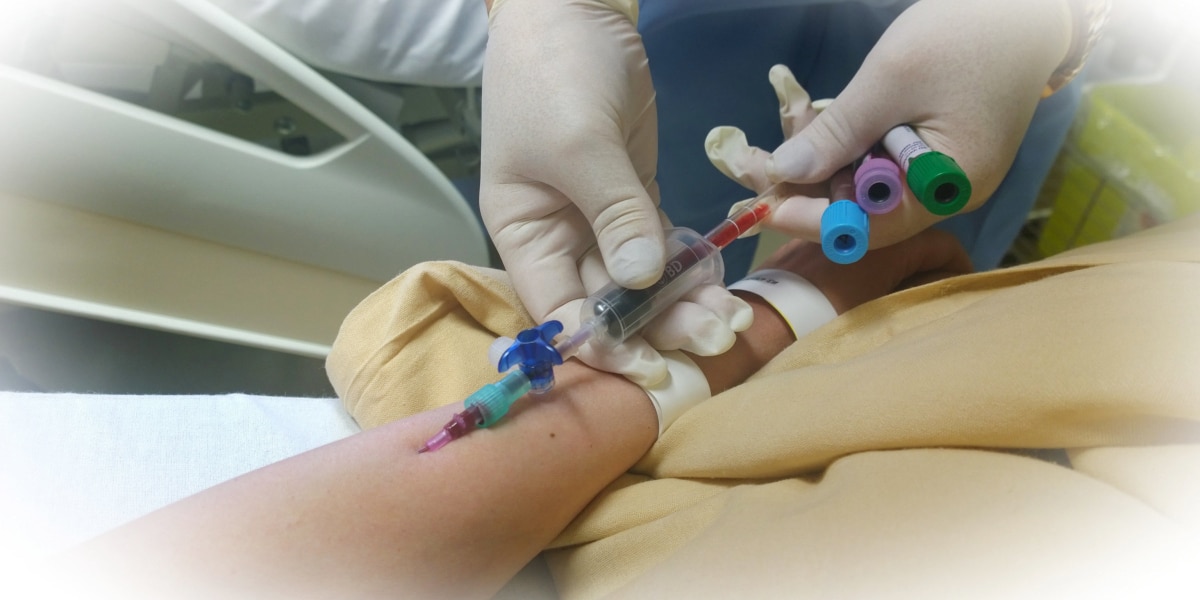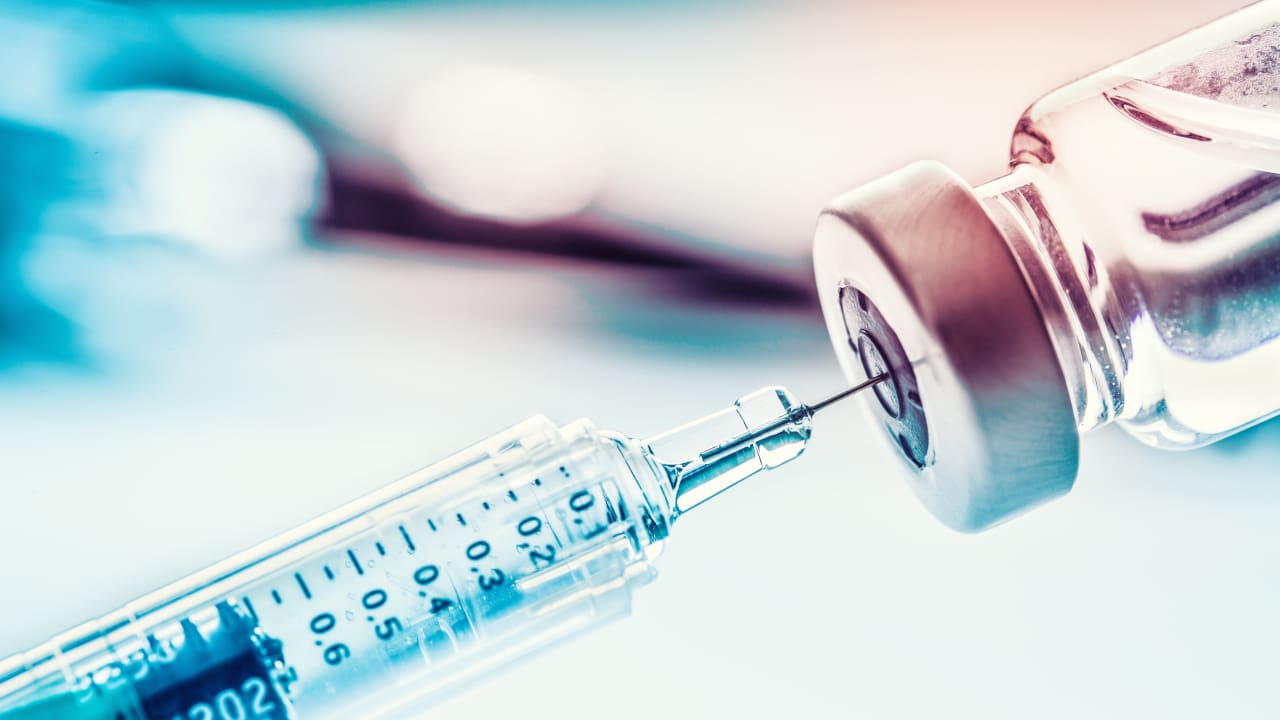Watch More! Unlock the full videos with a FREE trial
Already have an account? Log In
Included In This Lesson
Study Tools
Access More! View the full outline and transcript with a FREE trial
Already have an account? Log In
ADPIE Related Lessons
Related Nursing Process (ADPIE) lessons for 03.04 Nursing Care and Pathophysiology for Cirrhosis (Liver Disease, Hepatic encephalopathy, Portal Hypertension, Esophageal Varices)
Transcript
Cirrhosis is a chronic liver disease that involves inflammation and fibrosis of the liver tissue. Essentially what happens is as the liver tissue gets damaged it begins to form scar tissue period scar tissue is very tough and rigid and this can cause obstruction of blood flow within the liver and can keep the liver from functioning properly. In the muddled intro we talked briefly about the functions of the liver, so in just a second we'll talk about what impaired liver function looks like.
But first I want to point out two of the most severe complications of cirrhosis that are both caused by this impeded blood flow from the scar tissue. Normally blood flows out of the gut and into the liver 4 detoxification and metabolism via the portal vein. When blood flow begins to get obstructed within the liver, pressure builds up in that portal vein and portal hypertension. The problem with portal hypertension is that the blood flow backs up into the GI circulation because of that extra pressure. That can cause some general GI symptoms like nausea or loss of appetite, but it also can cause the smaller vessels in the GI tract to become weaker. This is how we end up with esophageal varices. Esophageal varices are dilated thin vessels in the esophagus. they're almost like little aneurysms. If you remember from the aneurysm lesson with in cardiac, and discussing them in neuro, you'll know that these little dilated outpouchings in vessels, when they're under pressure, can rupture. There is a lot of blood flowing through here under high pressure, so this can cause the patient to literally begin spewing blood out of their mouth. This is not an exaggeration, it is an incredible and scary sight to see. And it is a life-threatening emergency. To stop the bleeding we will insert a special catheter with a balloon into the esophagus and inflate it to put pressure on those bleeding varices.
So, let’s review what impaired liver function looks like and then when we dive into the symptoms, you’ll see how all of this plays a role. We know the liver is Responsible for conjugating bilirubin, which is a byproduct of hemoglobin breakdown, so if it can't do that then we will see bilirubin levels rise. we will see a decrease in clotting factors because the liver isn't able to make them. and we see impaired protein metabolism. Normally the liver will take the by products of protein breakdown and process them to be excreted. Since it can't do that, we see things like ammonia building up in the blood. Of course we will also see the liver function tests elevate because the liver isn't processing those amino acids. we may also see drug toxicity, because the liver is usually responsible for helping detoxify our system. any medications that are normally cleared by the liver could end up building up in our system. And then because the liver is responsible for storage and synthesis of glycogen, we may see some impaired blood sugar regulation.
So let's see how this actually present in our patients. Patience will typically present with just some general fatigue and loss of appetite, and maybe even some nausea. Because of the elevated bilirubin levels, we will see jaundice of the skin and the eyes, like you see here, dark colored urine, and clay-colored stools. The stools lose their color because there is a lack of bile being secreted from the liver. Because we lose those clotting factors, we will see anemia, and patients with liver failure will bruise very easily. So you will see bruises all up and down their arms and legs. They are also at extremely high risk for bleeding, and honestly will bleed from nearly every hole in their body - especially ones we make, like peripheral IVs. I’ve seen patients just ooze blood around their IVs.
The other thing we see that causes a lot of symptoms in our patients, is the impaired protein metabolism. Because the liver is not processing the proteins like it should, those proteins begin to escape out of the vessels and into the abdominal cavity or other tissues. so we will see significant edema as well as ascites. This picture shows a liver patient with severe ascites in their abdomen. We can test this by using the fluid wave test. Will have the patient put their hand in the middle of their abdomen, and we will tap on one side. If this is truly ascites, as opposed to something like abdominal distention, we will see fluid waves on the opposite side of the abdomen. And then of course with the increased ammonia, patients are at risk for hepatic encephalopathy, which we talked about in detail in the encephalopathy lesson in the neuro course.
Now because of the inflammation and scarring within the liver we will also see significant pain in the right upper quadrant, hepatomegaly and splenomegaly which are enlarged liver and an enlarged spleen, and the portal hypertension we already discussed. In addition to esophageal varices, portal hypertension causing back pressure into the vessels in the GI system can also cause hemorrhoids or varicose veins on the abdomen like you see in this picture.
As you can probably imagine, this is something that is extremely uncomfortable for patients. They will be itchy from The increased bilirubin, nauseous and possibly even short of breath because of all the extra fluid around their abdomen, they'll be in pain, and they will be at high risk for severe complications like bleeding or esophageal varices. As interesting as the liver is, taking care of one of these patients is extremely taxing for us as nurses, and for the patient as well.
Because cirrhosis is irreversible and incurable in later stages, the best thing we can do is support their symptoms, and help take over the functions of the liver. So the majority of our care is palliative, as opposed to curative. Will give analgesics for their pain, vitamin K to replace clotting factors, antacids to prevent irritation in the esophagus, lactulose to decrease ammonia levels, blood products if they're bleeding or anemic, and diuretics to get some of the fluid off. Now because of all of the built-up toxins in their system, patients can also go into kidney failure, in which case we would do dialysis as well.
We can also do a paracentesis which is when we insert a needle into the abdominal cavity to remove fluid. Usually this is done simply to relieve symptoms. These patients will also be on dietary restrictions, like fluid, protein, and sodium restrictions to help decrease the volume overload. In some cases we can also do what's called a TIPS procedure. TIPS stands for Transjugular intrahepatic portal shunt. Essentially, we insert a tube to shunt fluid out of the portal vein to help decrease portal hypertension and decrease the pressure on esophageal varices. Again, this is not curative, only palliative.
Now, there are quite a few nursing concepts that apply to a patient with Cirrhosis, but our top priorities are going to be GI/Liver metabolism, knowing that we need to support liver function, clotting because of the high risk of bleeding and esophageal varices, and fluid & electrolytes because they tend to have a lot of issues with fluid overload. Make sure you check out the care plan attached to this lesson to see more detailed nursing interventions and rationales.
So let's recap. Cirrhosis is a chronic disease of the liver where inflammation causes fibrosis and scar tissue to develop. In later stages cirrhosis is irreversible and incurable. Because of the scarring, we see a obstruction of blood flow and impaired liver function. That causes things like a loss of bilirubin and protein metabolism, a loss of clotting factors, and poor detoxification and blood sugar regulation. Cirrhosis patients can develop some severe complications like excessive bleeding, portal hypertension, and esophageal varices. The majority of our care will be supportive and palliative. will give medications to alleviate symptoms and support liver functions, will do a paracentesis to remove fluid around the abdomen. Or we could also do a TIPS procedure to shunt blood away from the portal vein, or eventually the patient may require a full liver transplant. We need to teach patients about their dietary restrictions, like fluid, protein, and sodium, and to avoid alcohol consumption and overuse of acetaminophen, which is toxic to the liver.
So those are the basics of cirrhosis, make sure you check out all of the resources attached to this lesson to learn more. Now go out and be your best selves today. And, as always, happy nursing!
View the FULL Transcript
When you start a FREE trial you gain access to the full outline as well as:
- SIMCLEX (NCLEX Simulator)
- 6,500+ Practice NCLEX Questions
- 2,000+ HD Videos
- 300+ Nursing Cheatsheets
“Would suggest to all nursing students . . . Guaranteed to ease the stress!”










